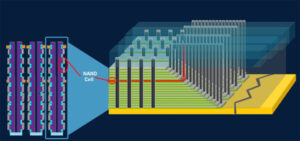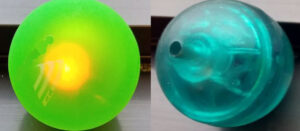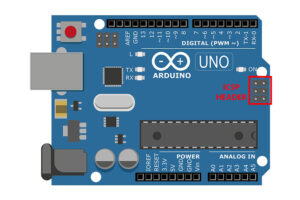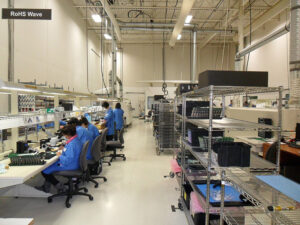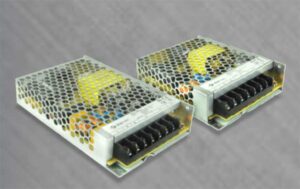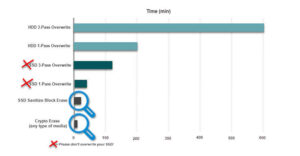Most MCUs do not have operating systems. In the “olden days,” most embedded systems had MCUs that ran a program repeatedly and did not have much if any, human interference. However, the line between MCUs and processors is blurring. MCUs have General Purpose Input/Output (GPIO) which are often attached to one or several sensors as […]
FAQ
Challenges in designing electronics for satellites
In 1957, the Russians launched Sputnik 1, which was no more than a metal ball containing a radio, a battery, and a thermometer.[i] However, this experiment provoked a spark that led to decades of space missions. The earliest satellite designs were huge, heavy, and functionality was limited. Nevertheless, satellite designs started evolving with the passage […]
3D NAND Flash memory: Making HDDs obsolete in a data-centric economy
A data-centric economy is evolving. The Samsung Galaxy Note 9 debuted with 8 GB RAM and one terabyte (TB) of storage (purchasing a 512 GB SD card bumps it to 1 TB). The price tag is well over $1,000, so the rest of us will have to buy 1 TB of cloud storage from Google […]
Teardown: Inside bouncing LED balls
We cut one of these balls apart so you needn’t destroy yours to get a look at its internals. If you’ve ever attended a trade show, you might have seen a booth give-away item that consisted of a see-through bouncing ball with a flashing LED or two inside and sometimes a noise maker. When you […]
Programming AVR and Arduino microcontrollers using the Arduino ISP
All microcontrollers (MCUs) require some sort of mechanism to program them, even if they only get programmed once. Typically, program code is written on a host computer, then it is compiled or translated, and object (machine-readable) code is downloaded to the MCU (“the target”) from the PC (“the host”) using a cable (usually USB or […]
Why clean PCBs matter, Part 2
The article Why Clean PCBs Matter, Part 1, covers the effects that a dirty Printed Circuit Board can have on electronics, especially those supporting high-frequency signals or sensitive analog components. Keeping a PCB clean begins in assembly when components are preferably soldered to the PCB in a clean environment. Of great importance is the type […]
Why clean PCBs matter, Part 1
Printed circuit boards (PCBs) are essential in modern electronics. Dust and other contaminants are more important to watch out for than ever. As components get smaller, the relative size of contaminants is larger, heat is more of an issue with densely packed circuits on modern ICs, and devices operating at high frequencies (~1 GHz and […]
Choosing a switched mode power supply for your electronics prototype
Even if you never plan to go beyond one prototype, you still need to wean your board off the bench top power supply. However, choosing a permanent power supply for your electronics design is more than just a simple exercise in determining the operating voltage, maximum current, and form factor. Mouser Electronics has over 43,000 […]
SSDs: secure erase or sanitize?
When you’re done with a data storage drive, it’s nice to make sure that all of the data is scrubbed from it. A drive that’s returned, repurposed, or discarded can have personal or confidential data on it. Discarded drives have been found with everything from financial and medical data, email, and even pornography on them. […]
So what’s all this compound semiconductor wafer stuff?
David Danzilio from Wind Semiconductor sat down with us to explain some of the basics behind fabricating wafers in the compound semiconductor area. Compound semiconductors have a lot of commercial applications in optoelectronics. Many have a direct bandgap that makes them efficient light emitters. (As a quick review, the band gap is called direct if […]



